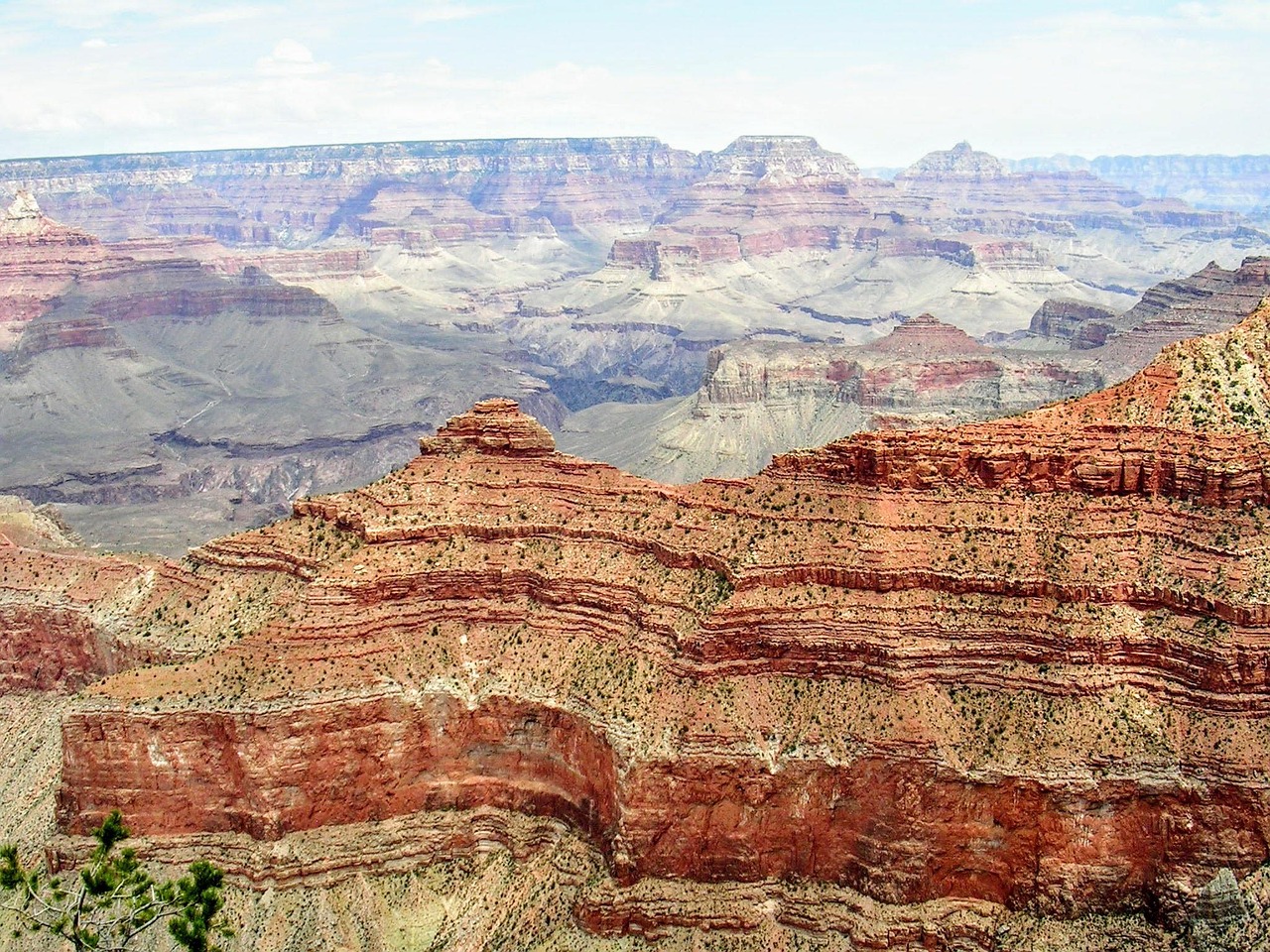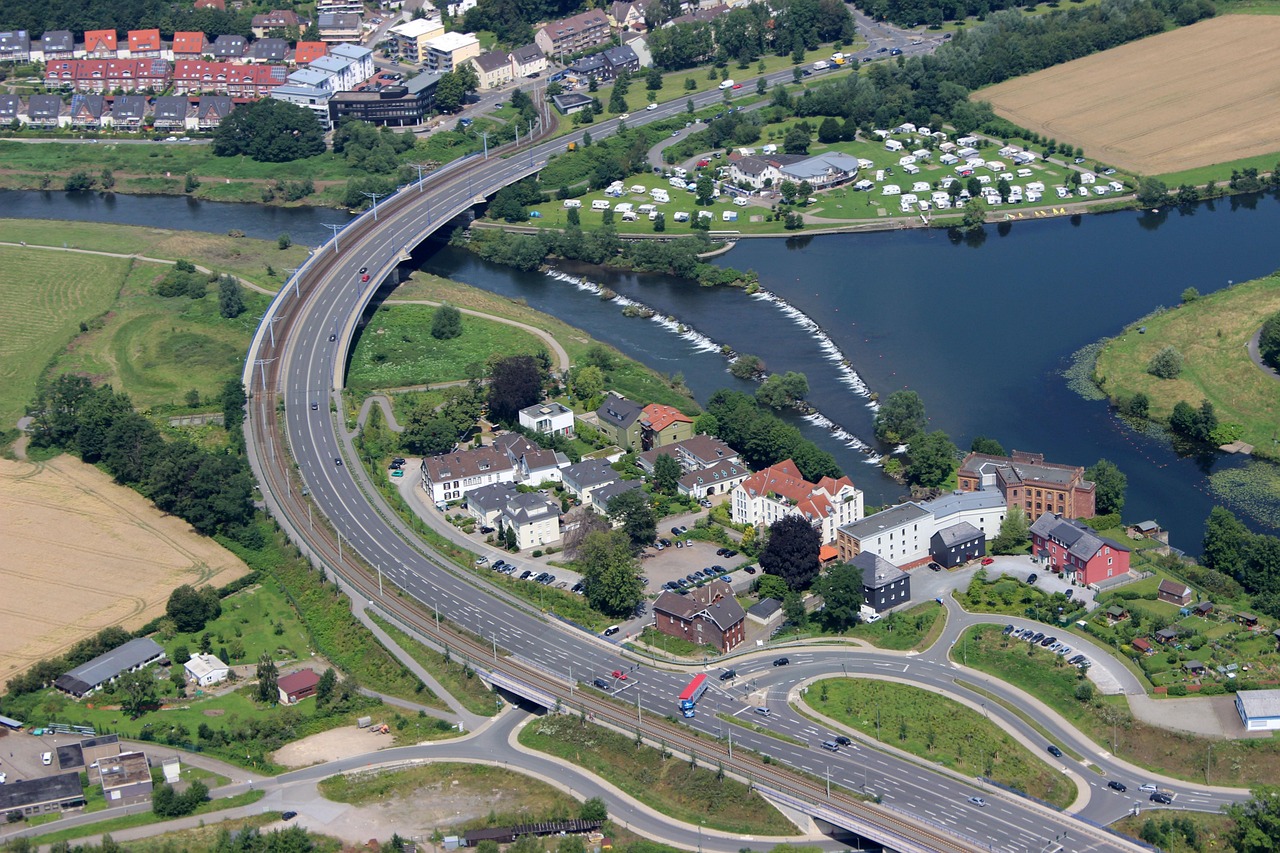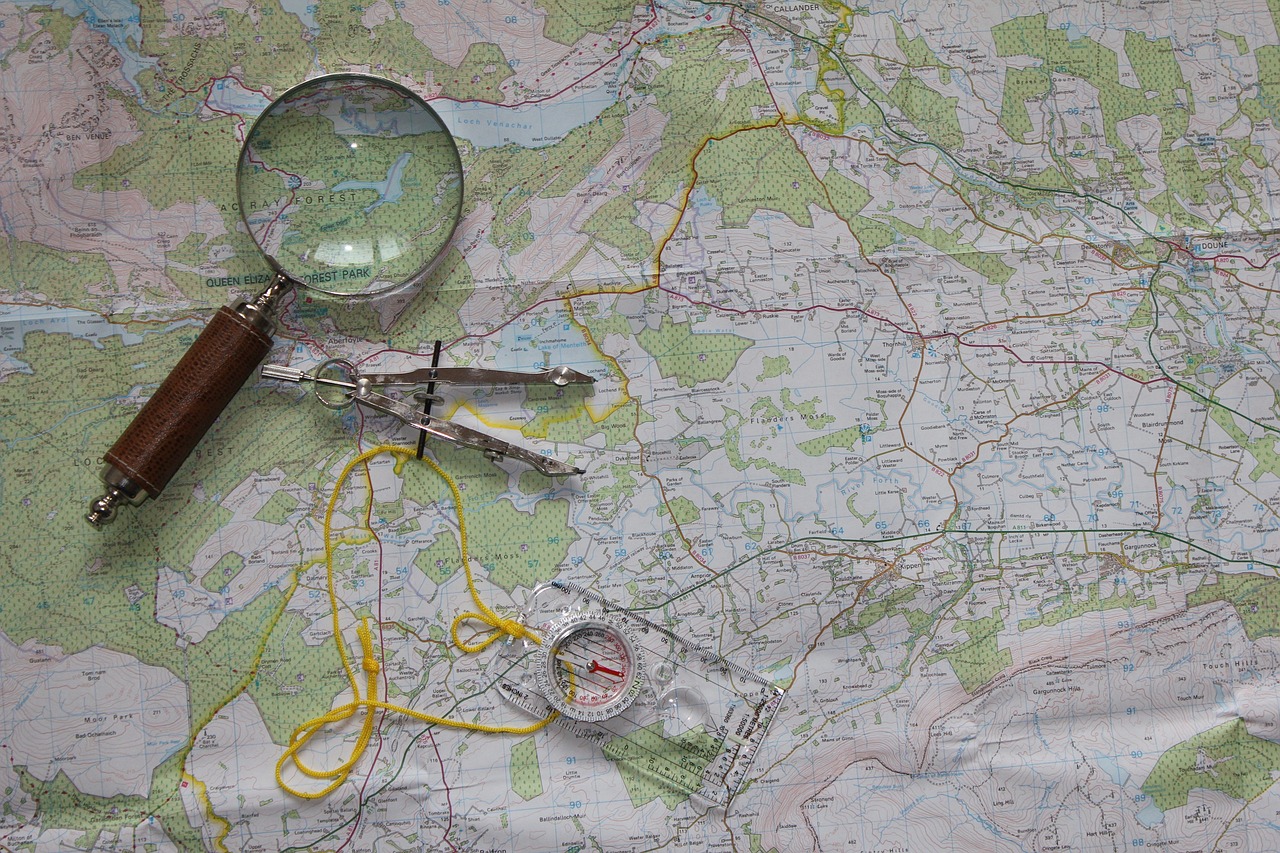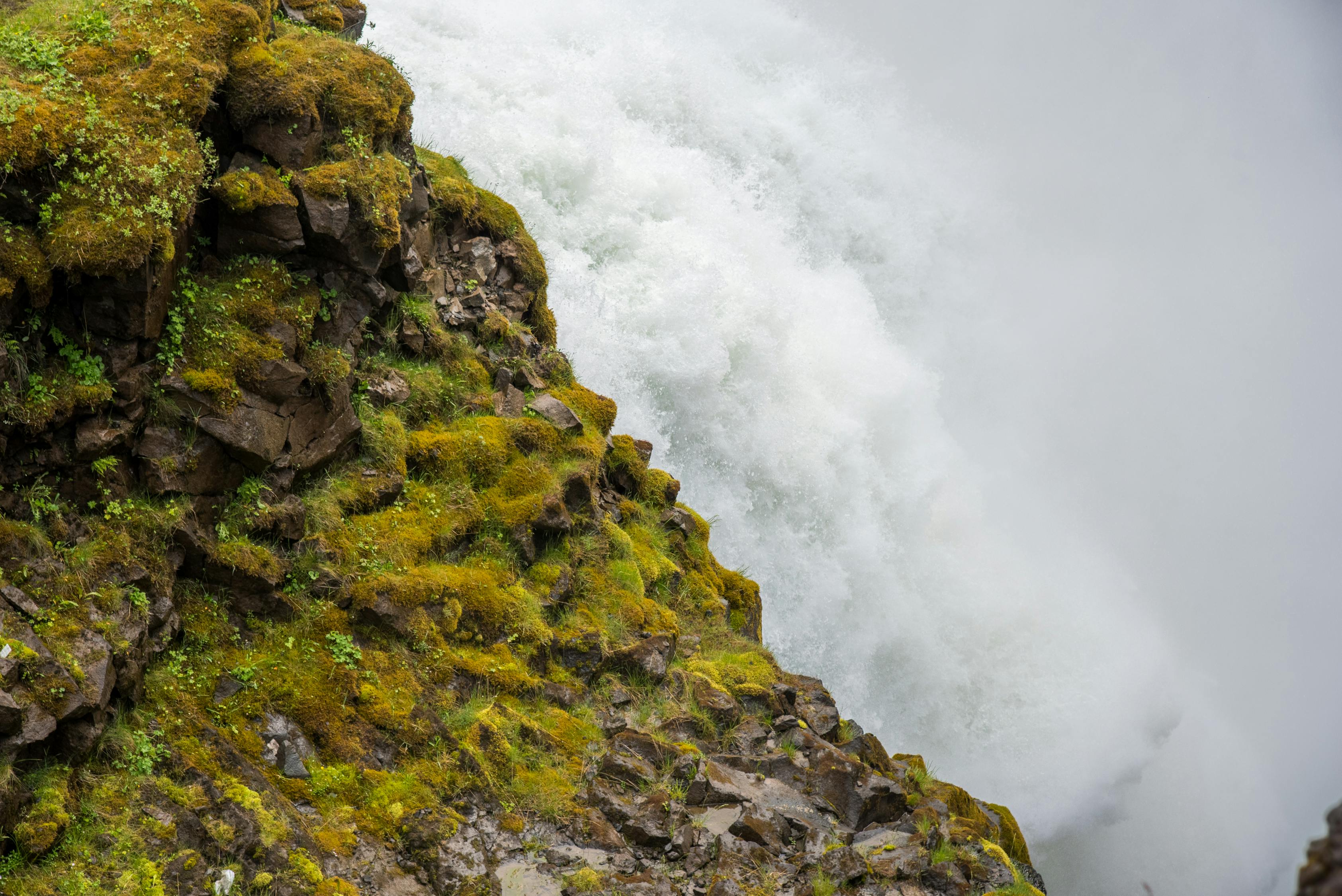旅游攻略用英语
Title: Crafting a Comprehensive Travel Guide in English
Travel guides are essential companions for globetrotters seeking to navigate new destinations. Whether you're exploring bustling cities or serene countryside, a wellcrafted travel guide can enhance your journey by providing valuable insights, tips, and recommendations. Here's how you can create a comprehensive travel guide in English:
Research and Destination Selection:
Begin by conducting thorough research on your chosen destination. Gather information on its culture, history, attractions, cuisine, climate, and local customs. Consider the interests and preferences of your target audience when selecting destinations to cover in your guide.
Outline and Structure:
Create a clear and organized outline for your travel guide. Divide it into sections such as Introduction, Getting There, Accommodation, Dining, Sightseeing, Activities, and Practical Tips. Each section should contain detailed information relevant to travelers.
Writing Style:
Adopt a friendly and engaging writing style that resonates with your readers. Use descriptive language to paint vivid pictures of the destination and its attractions. Include personal anecdotes or experiences to add authenticity to your guide.
Practical Information:
Provide practical information such as transportation options, visa requirements, currency, language, and safety tips. Include details on local transportation systems, including fares, schedules, and route maps.
Accommodation and Dining Recommendations:
Recommend a variety of accommodation options to suit different budgets and preferences, including hotels, hostels, guesthouses, and vacation rentals. Similarly, offer dining recommendations ranging from street food stalls to fine dining restaurants, highlighting local specialties.
Sightseeing and Activities:
Highlight mustsee attractions, landmarks, and hidden gems in the destination. Include information on admission fees, opening hours, and any special events or festivals. Additionally, suggest outdoor activities, tours, and excursions for travelers seeking adventure.
Maps and Illustrations:
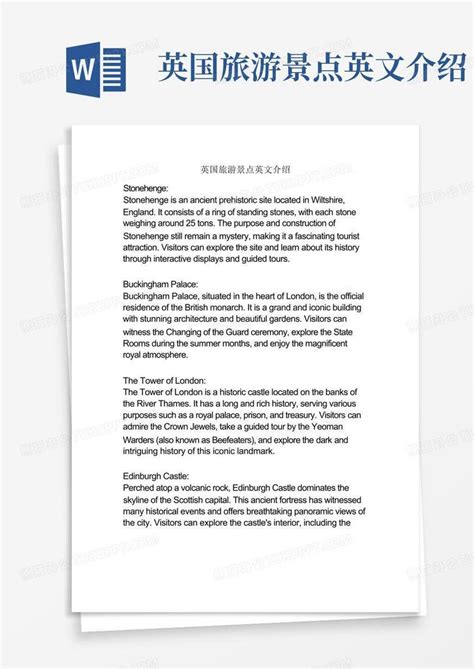
Incorporate maps, photos, and illustrations to visually enhance your travel guide. Include maps of the destination highlighting key landmarks, neighborhoods, and points of interest. Highquality images can provide readers with a glimpse of what to expect during their visit.
Local Insights and Tips:
Offer insider tips and recommendations from locals or experienced travelers. This could include offthebeatenpath attractions, lesserknown dining spots, or cultural etiquette guidelines. Encourage readers to immerse themselves in the local culture and interact with the community.
Updates and Revisions:
Regularly update your travel guide to reflect changes in the destination, such as new attractions, closures, or updated transportation information. Encourage feedback from readers and incorporate their suggestions to improve future editions of your guide.
By following these guidelines, you can create a comprehensive travel guide in English that informs, inspires, and enriches the travel experience of your readers. Whether they're planning their itinerary or exploring new destinations, your guide will serve as a trusted companion on their journey. Bon voyage!




